Once ‘a Pun’ a Time – a Guide to Reading and Telling Jokes for Kids by Wolf Cub Chlo
Publisher: Self-Published
Genre: Children’s (0 – 6 y.o.), Middle Grade (8 – 12 y.o.), Non-Fiction, Contemporary
Rating: 5 Stars
Reviewed by AstilbeWhat do you get when you mix a 6 year old with a global crisis? If you twirl around, click your heels three times while chanting “there’s no place like home,” you get a jokes for kids book! Tired of reading the same boring books?
Want to read something funny and learn a secret at the same time? Then you’ve come to the right place! Read silly jokes for kids in part I and learn the secret joke formula in part II.
Funny joke books for kids help:
* increase reading comprehension
* decrease depression and anxiety
* spark creativity
* create endless hours of fun and so much more“Once ‘a pun’ a Time – a guide to reading and telling jokes for kids:
contains colorful illustrations on every page
short read to keep the attention span of young and reluctant readers
introduces readers to homophones and common puns
teaches readers how to tell their own silly jokes also known as dad jokes
is small in size and can be carried in: backpacks, gift bags, totes perfect for subway rides, airplane travels, long road trips and bored days at home.
If you need something lighthearted and cheerful, look no further!
I couldn’t stop chuckling at the puns the author shared in the beginning of this book. She had a playful sense of humor that I think would appeal to adults who like dad jokes just as much as it does for the kids that it was originally written for. Honestly, who doesn’t enjoy some silly wordplay every now and again?
My favorite section was the one that showed kids how to come up with their own jokes. It clearly explained how homophones could be used to make people laugh. I also appreciated the pictures it shared and the space it gave the audience to make up their own jokes about what was happening in those scenes. Everything was presented so logically and simply that it could be understood by younger kids just as much as it could the older ones.
Occasionally, the author clarified what she meant in parentheses after finishing a sentence or section. I liked the fact that she put so much effort in making sure her audience understood what she was truly trying to say. While I did interpret nearly all of them in the way she was hoping I would, it’s definitely a good idea to clarify. That’s a sign of a good writer, and I look forward to seeing what else she writes in the future as she grows older.
Once ‘a Pun’ a Time – a Guide to Reading and Telling Jokes for Kids was a delightful read.



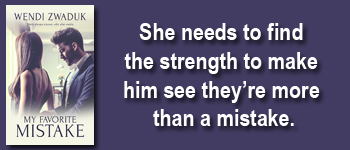

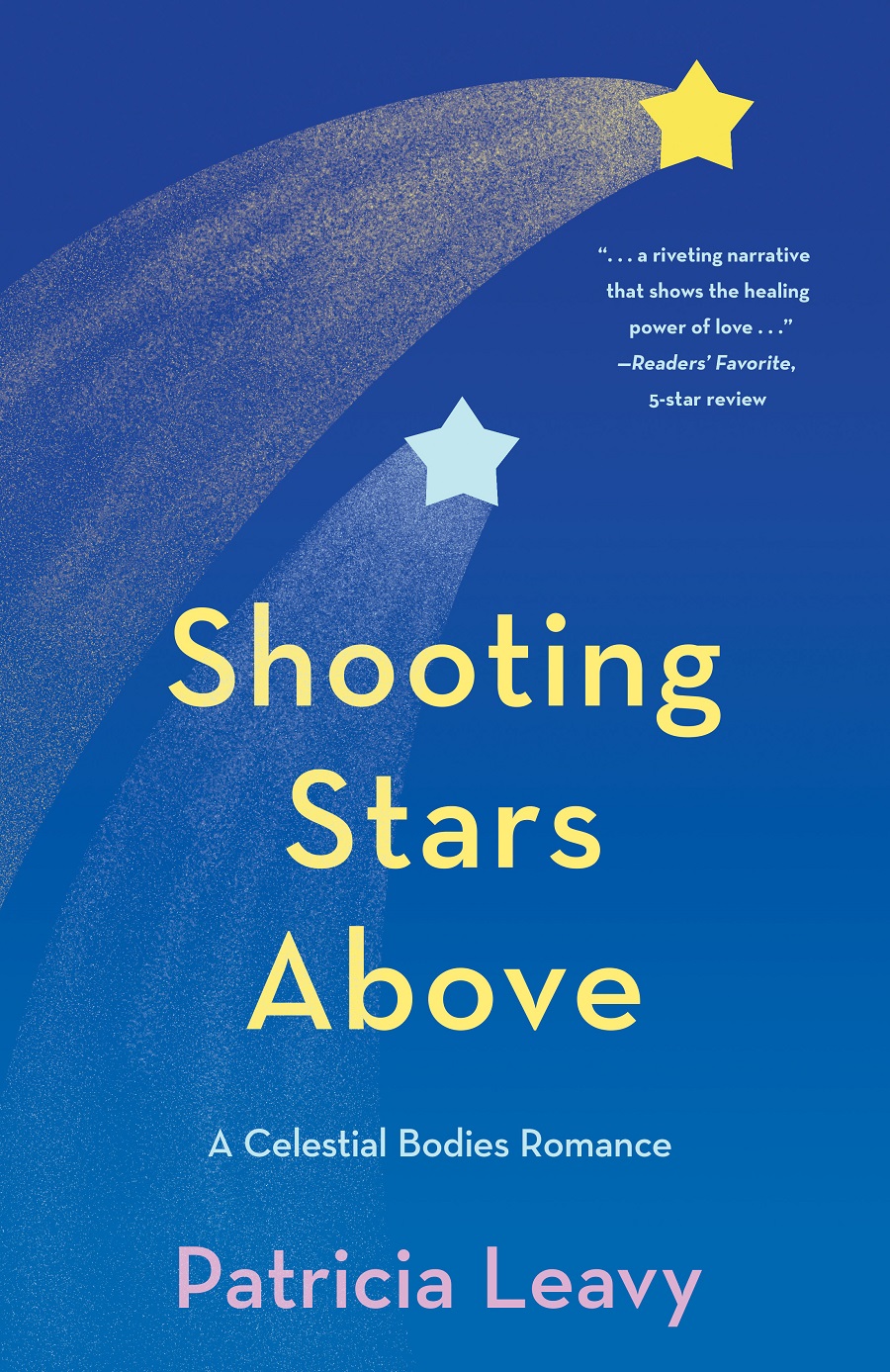
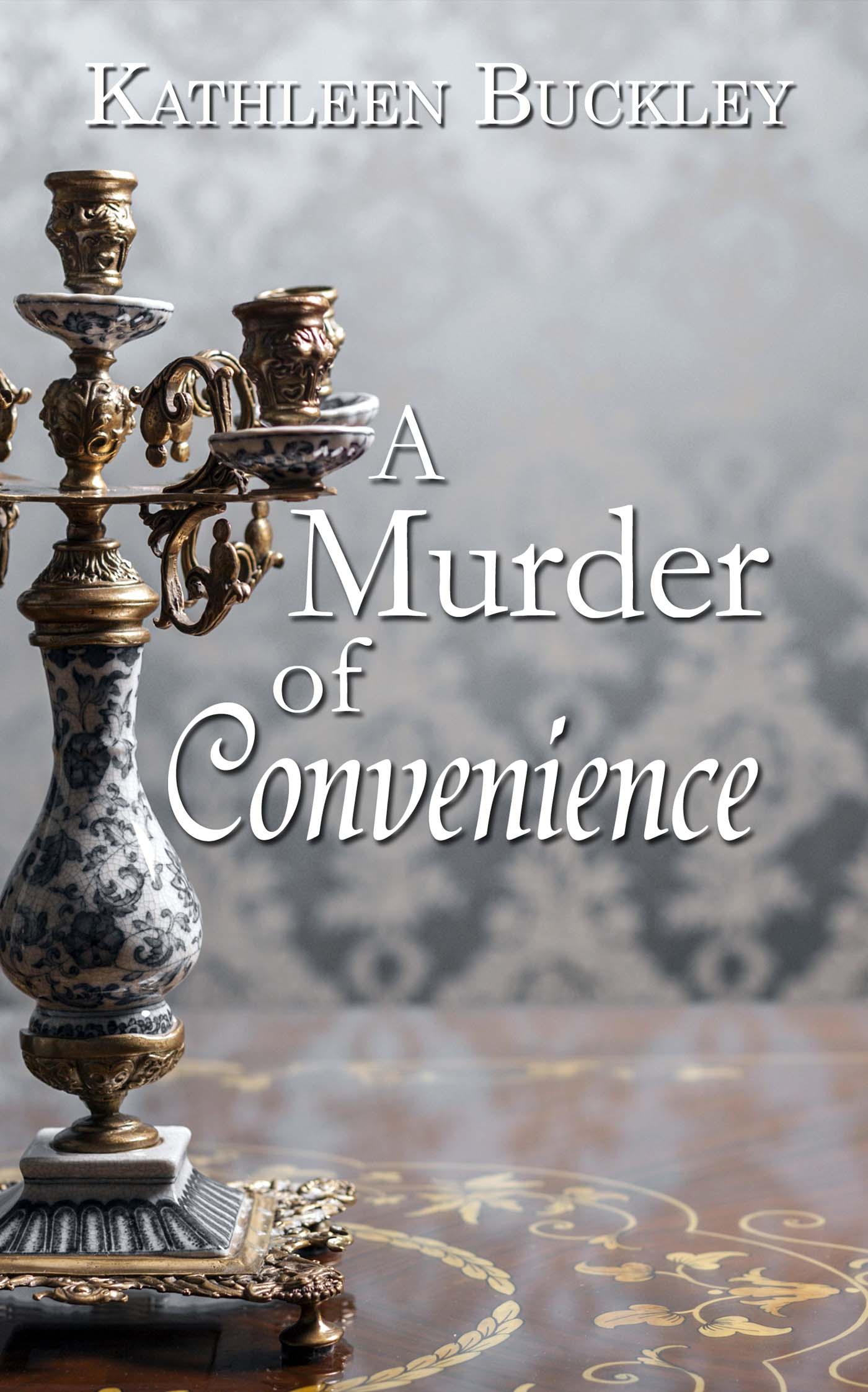

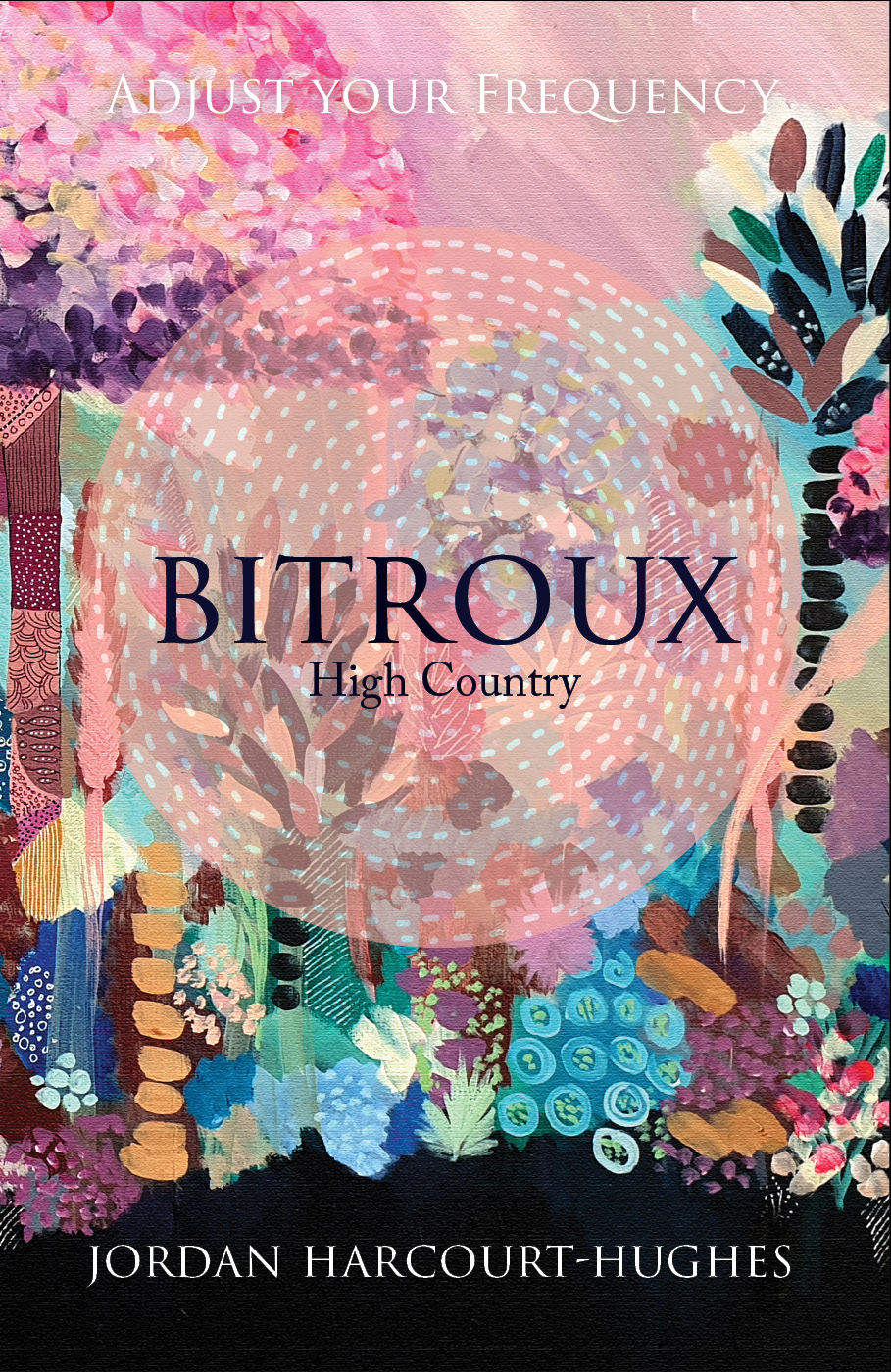

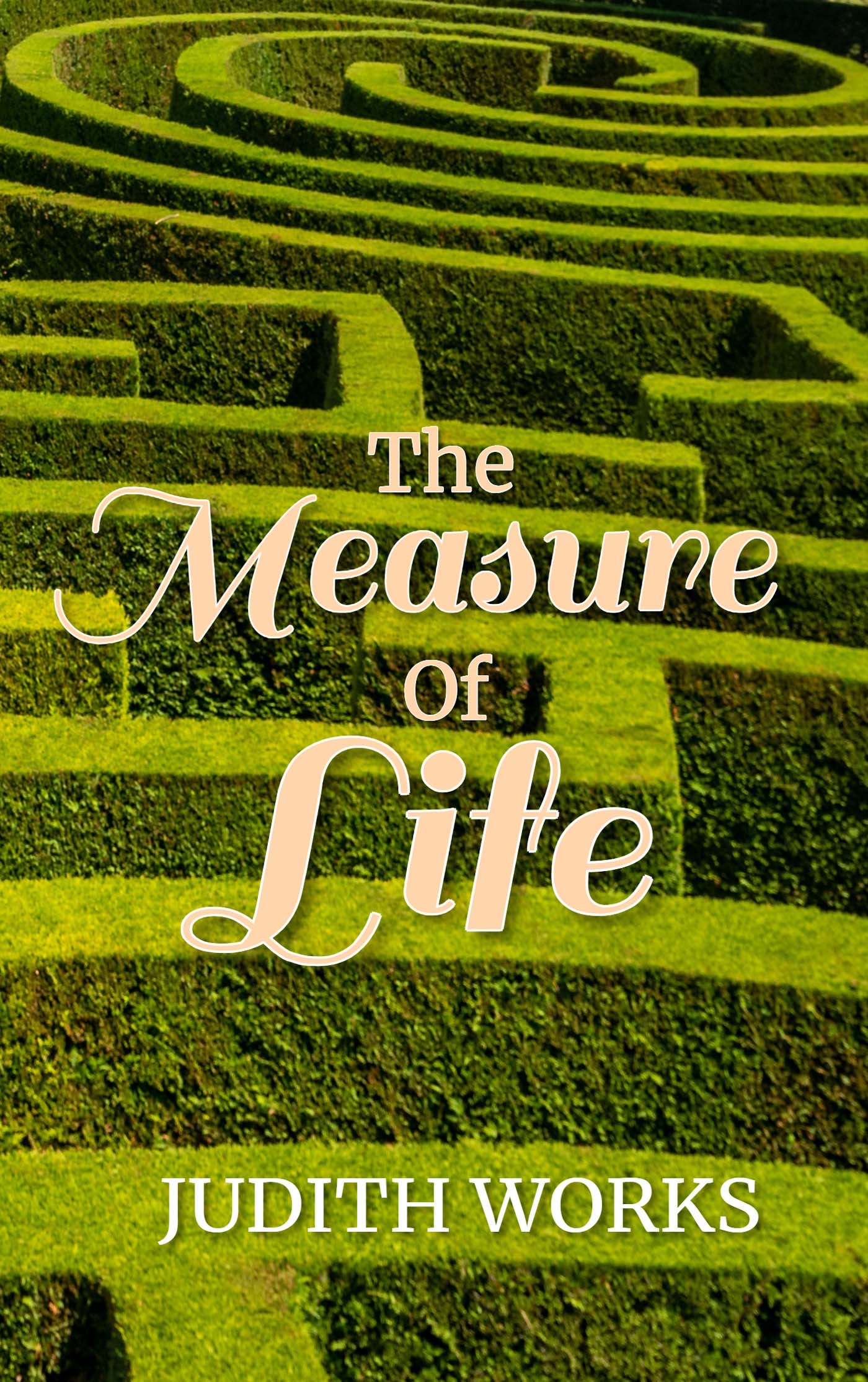
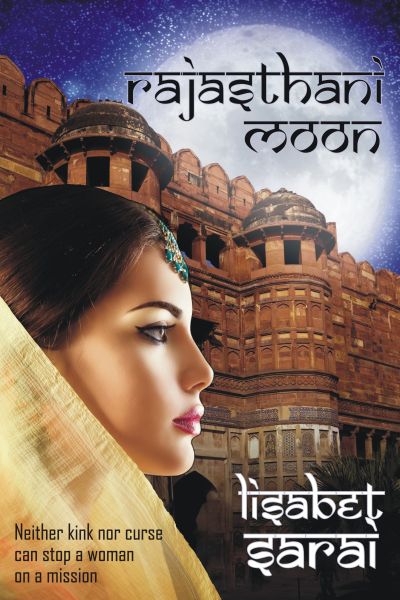

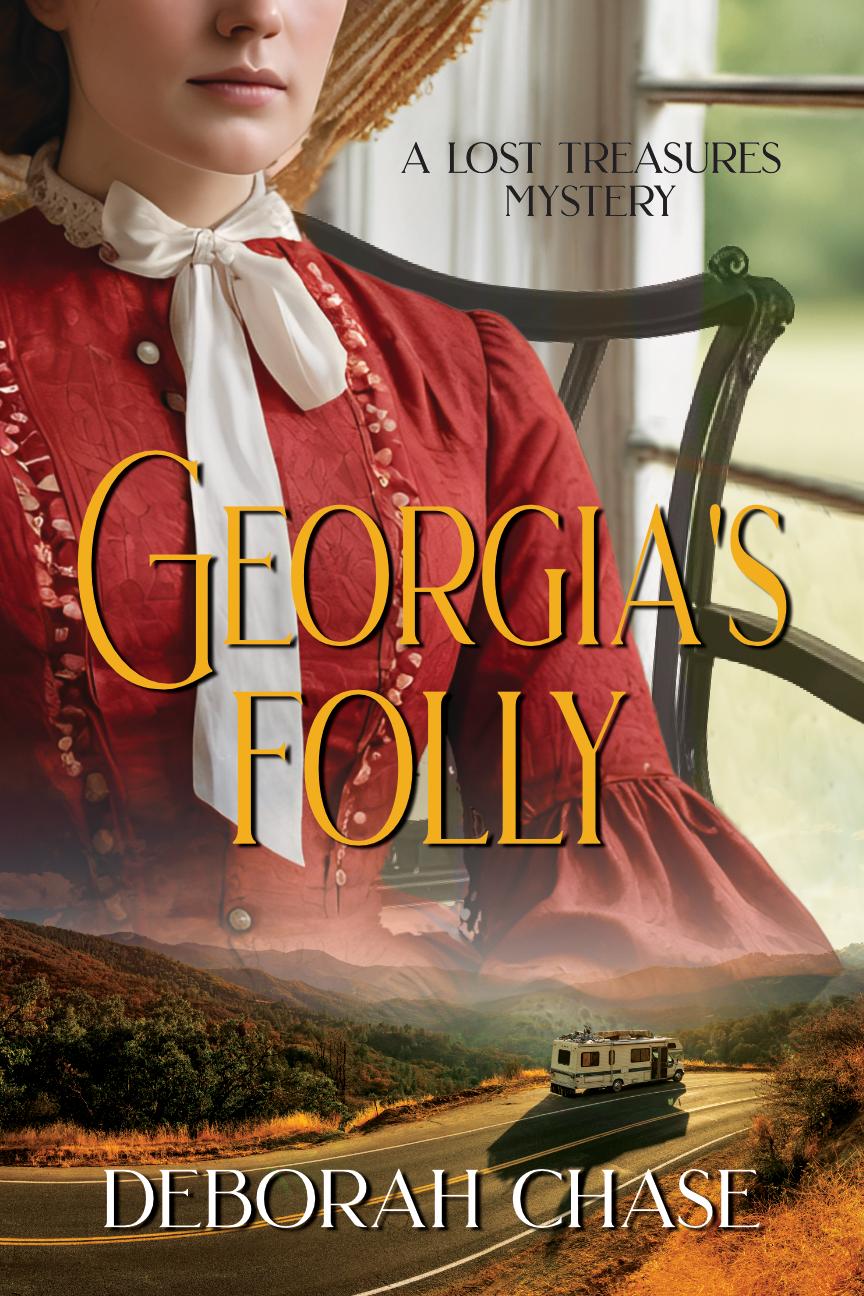


Speak Your Mind